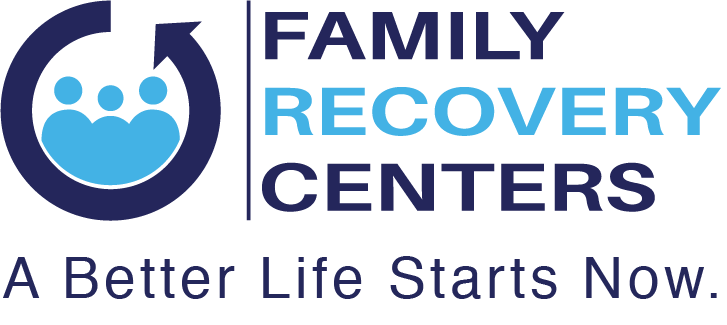One Teen Death is One Too Many
The topic of suicide recently catapulted into headline news due to the heart-breaking deaths of Kate Spade and Anthony Bourdain. Fans throughout the world expressed deep sorrow over the loss of these two adored celebrities. In tandem with grief was utter astonishment. How could these individuals who seemingly “had it all” end their lives?
In the following days, experts in the behavioral health field spent countless hours on camera and in print talking about mental illness in an effort to explain the inexplicable. Whereas education and awareness is absolutely critical to prevention, because these two high-profile people were adults, the issue of teen suicide was not addressed.
Although every self-inflicted death is sad, it goes to another level of tragedy and loss when it is a child. And it is happening every single day.
The national statistics are grim. From 2006 to 2016, the suicide rate in the teen population went up more than 70%. Daily, 12 teenagers take their own lives throughout our country; this translates into 5,000 deaths per year, with 60% of these acts involving a handgun. Suicide is the third leading cause of teenage death in the United States.
Unfortunately, Illinois falls right in line with these nationwide numbers. Suicide is the third leading cause of death in teens/young adults in the Land of Lincoln. Additionally, individuals age 15 to 19 have the highest suicide attempt rate for all age groups in our state.
Naturally, the same question posed in celebrity deaths is asked in this situation: Why? Why would children, with their entire lives ahead of them, intentionally elect to end it all? There is no one clear answer. Professionals speculate the cause can be anything from clinical depression or hopelessness to a personal loss or traumatic event.
While many factors exist, a potential culprit is social media. This communication tool can exploit the very personality attributes that characterize the adolescent years. Teens are, by definition, egocentric. This self-consciousness usually focuses on appearance, often concerned with weight and degree of attractiveness. Similarly, social acceptance and popularity are important themes during adolescence.
The global warning signs for teen suicide are similar to those for adults: talking about suicide, hopelessness, a sense of worthlessness, deepening depression, etc. More specifically for young people, signs may include withdrawal, ending an intimate relationship, rebellious behavior or giving away personal items.
Parents need to know the warning signs; more important, they need to know their kids. If a son or daughter just “doesn’t seem themselves” for an extended period of time, please consider this a red flag. Start by talking to them about their lives, relationships and feelings. Knowing that communication with a teen is not always easy, this may prove fruitless. If that is the case, then it is time to talk to a professional: the family doctor, a therapist or member of the clergy.
